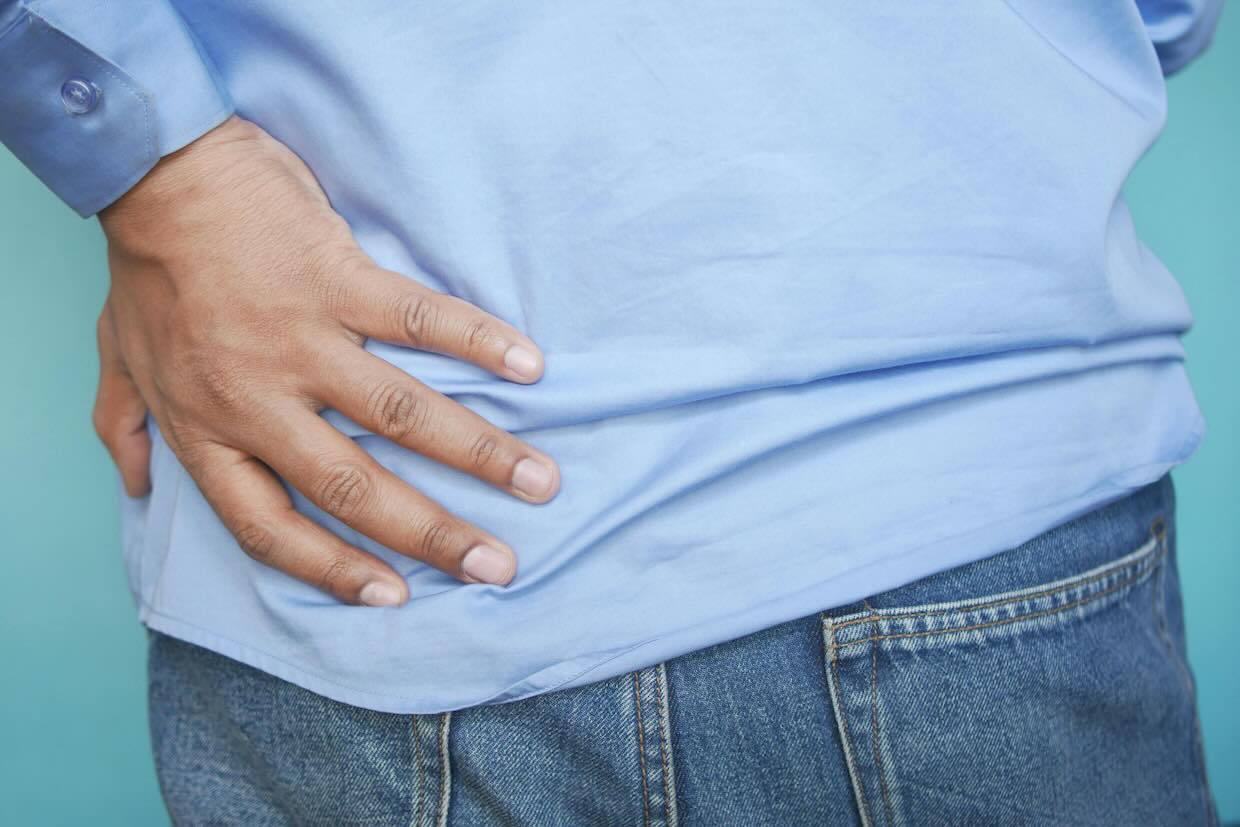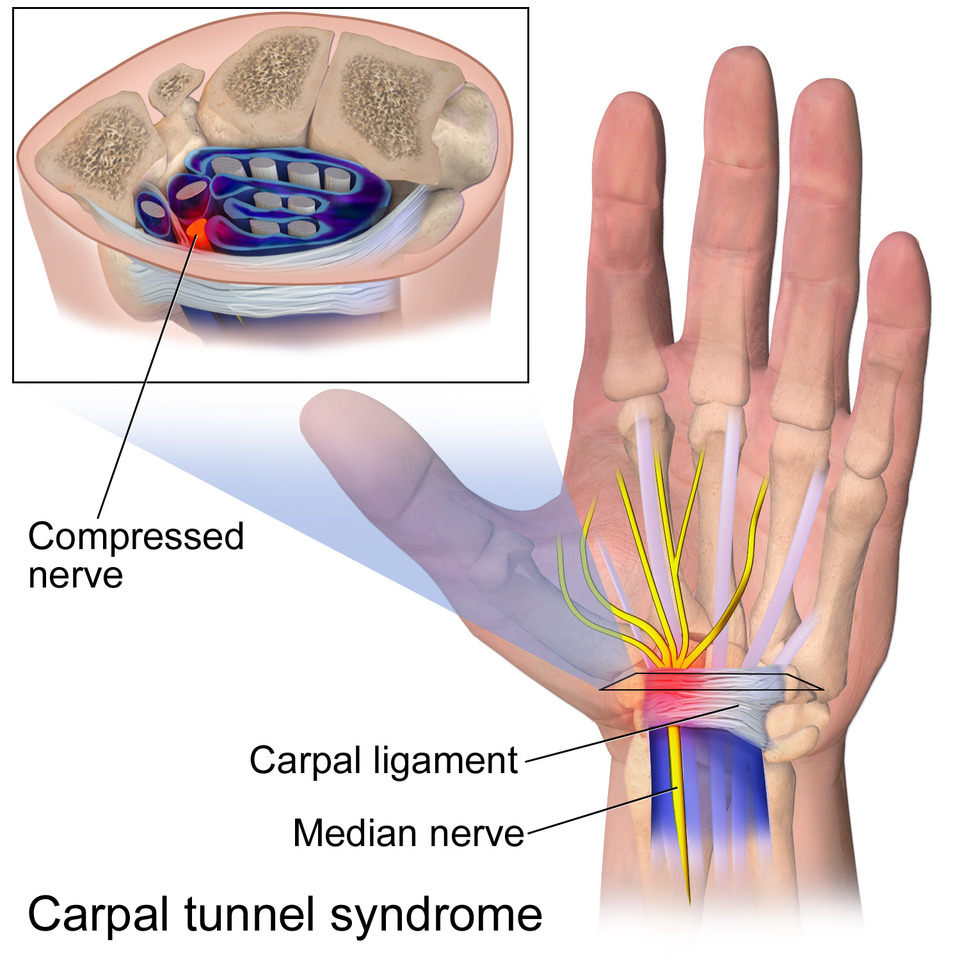Join our Support Group
Your questions and concerns have most likely been asked and answered in our support group.
Recovery and Rehabilitation After Hip Resurfacing

If you or someone close to you is preparing for hip resurfacing surgery, you’re likely wondering what recovery will really be like. When will walking feel normal again? How long will the pain last? What happens if physical therapy is skipped?
Compared to a traditional hip replacement, hip resurfacing involves preserving more of the femoral head—making it an appealing option for younger, more active patients. It often leads to better range of motion and makes future revisions easier if needed. This study (Siverling et al., 2012) highlights how hip resurfacing benefits patients with good bone quality and higher post-op activity goals.
Below, we walk through everything you should know about recovery and rehabilitation after hip resurfacing—from immediate post-op care to long-term mobility.
How Long Is Recovery from Hip Resurfacing?
Recovery isn’t one-size-fits-all. On average, recovery after hip resurfacing takes between three to six months. That said, many patients begin walking with assistance just a day or two after surgery.
As your body heals, you’ll progress through different phases—managing swelling, rebuilding strength, and learning how to move confidently again.
When Can You Walk After Hip Resurfacing?
Expect to get out of bed and take your first steps with a walker or crutches within 24 to 48 hours. With each passing week, walking becomes easier.
By week 2 to 3, many people shift from crutches to a cane. Independent walking is often achievable between 4 and 6 weeks post-surgery.
How Long Does It Take to Walk Normally?
“Normal” walking varies for everyone, but most people regain a natural gait within 6 to 12 weeks. Still, subtle imbalances or muscle tightness can linger for a few months. Physical therapy plays a major role in fine-tuning your movement.
What If You Skip Physical Therapy?
This is where recovery can go sideways. For hip resurfacing patients, physical therapy is always required. Without proper rehabilitation, the hip joint will become stiff and weak, hip function risks being impaired. Worse, it increases the risk of long-term issues like limping or joint imbalance.
A licensed physical therapist will guide you through progressive exercises to improve muscle tone, balance, and flexibility.
How Long Will Muscle Soreness Last?
Some soreness is expected. The surrounding muscles haven’t moved freely in a while, and they need to rebuild. With consistent movement and rehab, most patients find that the muscle discomfort eases between 6 to 12 weeks post-op.
Pain medication is typically prescribed early on to help manage post-surgical discomfort and support mobility.
When Can You Drive After Hip Resurfacing?
Driving usually resumes 4 to 6 weeks after surgery. You'll need to be off narcotics, able to enter and exit a car safely, and regain enough reaction time and coordination. Always consult with your surgeon before returning to the road.
Are There Any Downsides to Hip Resurfacing?
While it’s a great option for many, hip resurfacing isn’t for everyone. Potential concerns include:
- Femoral neck fractures, especially in patients with weaker bones
- Metal ion risk, due to the metal-on-metal design
- Slightly higher revision rates in women
It’s crucial to be evaluated by experienced healthcare providers who understand when resurfacing is a good fit—and when it isn’t.
Your Recovery Journey at Ortho Westmount
At Ortho Westmount, we guide you through more than just the surgical procedure. From the initial consult through to full recovery, we create a personalized care plan to support your goals—whether it’s relief from persistent severe hip pain, a return to sports, or just being able to walk comfortably again.
Our team is experienced in both hip resurfacing arthroplasty and total hip replacement, and we’re happy to walk you through the options. Learn more about your hip surgery options or view our transparent fees.
Recovery is a journey—but you won’t be walking it alone. With the right support, the right care team, and a commitment to rehab, you’ll be back to living life on your terms.
References
- Johns Hopkins Medicine. (n.d.). Hip replacement recovery Q&A. Retrieved April 14, 2025, from https://www.hopkinsmedicine.org/health/treatment-tests-and-therapies/hip-replacement-recovery-qa
- American Academy of Orthopaedic Surgeons. (2023, February). Hip resurfacing. OrthoInfo. Retrieved April 14, 2025, from https://orthoinfo.aaos.org/en/treatment/hip-resurfacing/
- Siverling, S., Felix, I., Chow, S. B., Niedbala, E., & Su, E. P. (2012). Hip resurfacing: Not your average hip replacement. Current Reviews in Musculoskeletal Medicine, 5(1), 32–38.Retrieved April 14, 2025, from https://pmc.ncbi.nlm.nih.gov/articles/PMC3535122/



